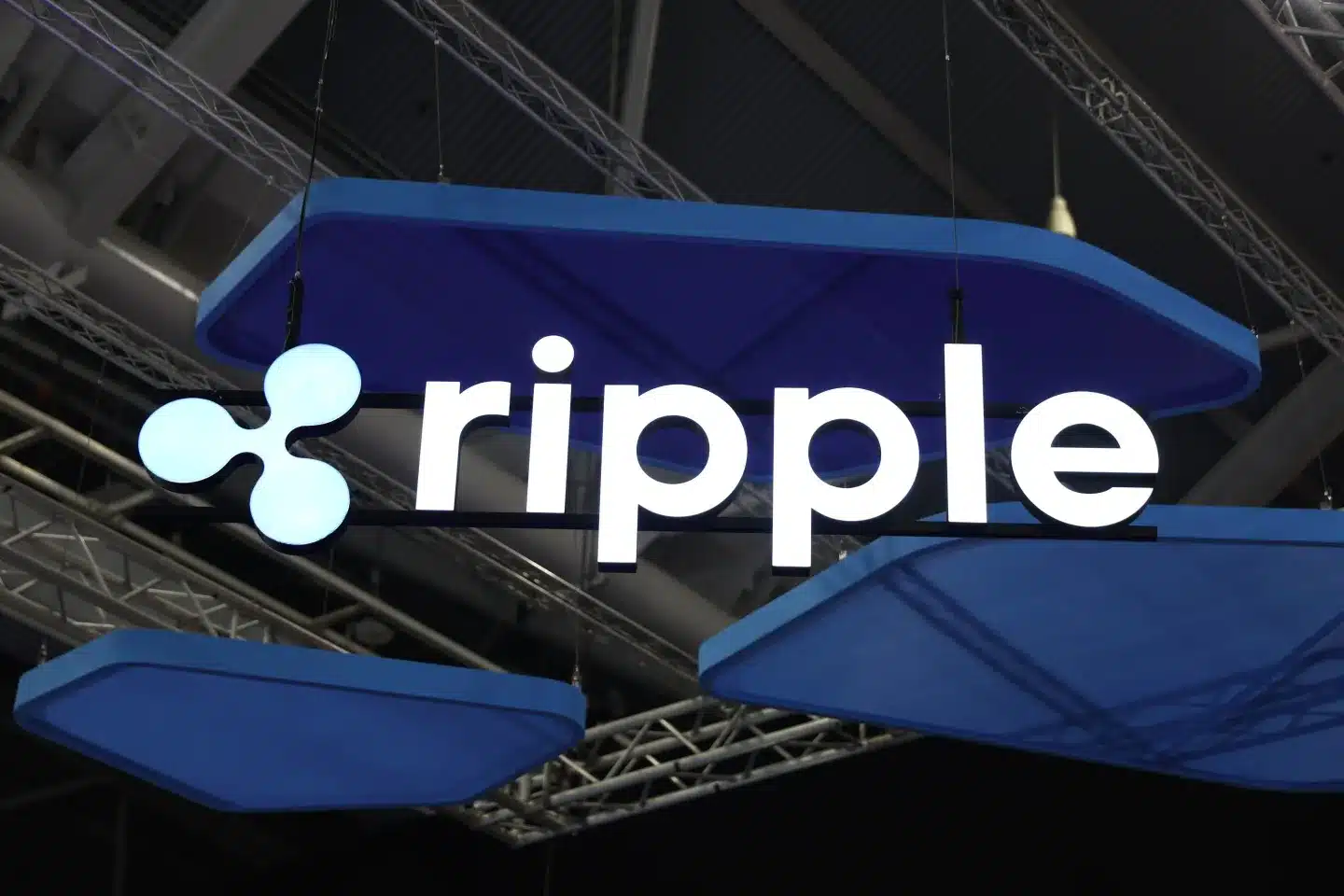Four of the largest U.S. banks—JPMorgan Chase, Bank of America, Citigroup, and Wells Fargo—are reportedly working together on plans to create a joint stablecoin. According to information shared by X user SMQKE, the initiative signals a new step in the relationship between traditional banking and blockchain technology.
While full details of the project remain limited, the reported collaboration highlights a growing interest among financial institutions in launching blockchain-based digital assets. As stablecoins continue to be discussed, industry groups are again looking at Ripple’s blockchain tools more closely.
Also Read: XRP Hits Record Volume—What’s Fueling the Unstoppable Momentum?
Ripple became a central topic when Swift’s financial cooperative organized a panel discussing global messaging standards. One panelist pointed out that Wells Fargo is testing Ripple like some of the world’s top banks. Mentioning Ripple has inspired talk about its role in cross-bank digital currency systems.
The XRP Ledger is built to support many transactions speedily, convert other assets into tokens, and build consensus in an energy-saving way; a multi-bank stablecoin must share all. The platform’s structure ensures that banks operating in the digital currency are regulated and interoperable, two essential requirements.
Ripple’s Infrastructure Gains Attention as Interoperability Becomes Key Focus
An additional comment made during the Swift panel by Epiphyte’s representative further supported the theme of interoperability. The panelist emphasized that blockchain’s key advantage is enabling fiat and cryptocurrencies to operate together. While not explicitly endorsing Ripple, this view mirrors the company’s approach to bridging traditional finance and blockchain.
Past relationships also link Ripple to the institutions involved, with Bank of America having previously confirmed piloting Ripple’s technology and Citigroup being a former member of the RippleNet advisory group. Wells Fargo consistently focuses on innovation and keeps getting mentioned in Ripple and blockchain projects.
It was recently announced that Ripple can issue stablecoins on the XRP Ledger. With this update, the network is prepared to satisfy institutional demand for digital asset tokens in the future.
Because leading U.S. banks are reportedly joining forces on a stablecoin project, Ripple’s presence at such a high level suggests it is growing in significance. As banking and blockchain connect, Ripple stands in a good position in the developing digital finance world.
Also Read: PEPE Price Skyrockets 45%—But Is a Sharp Reversal Just Around the Corner?
